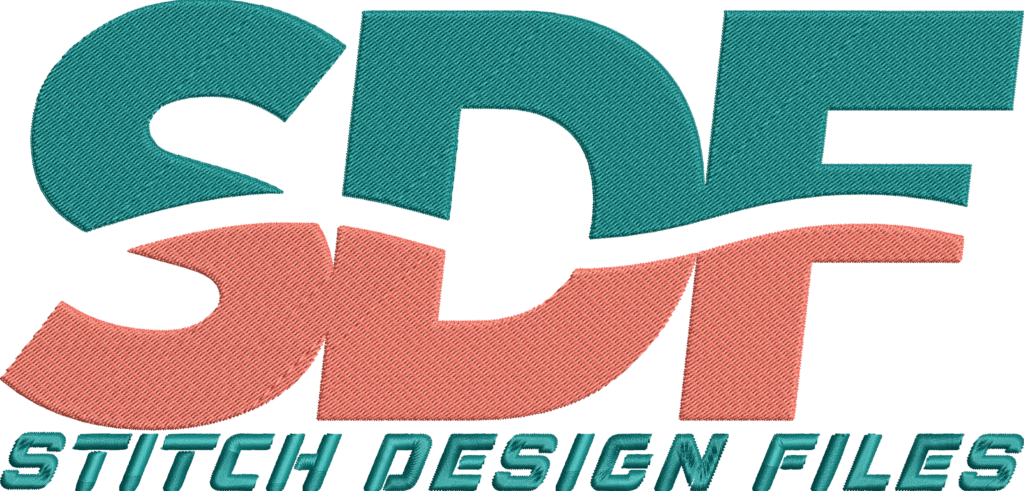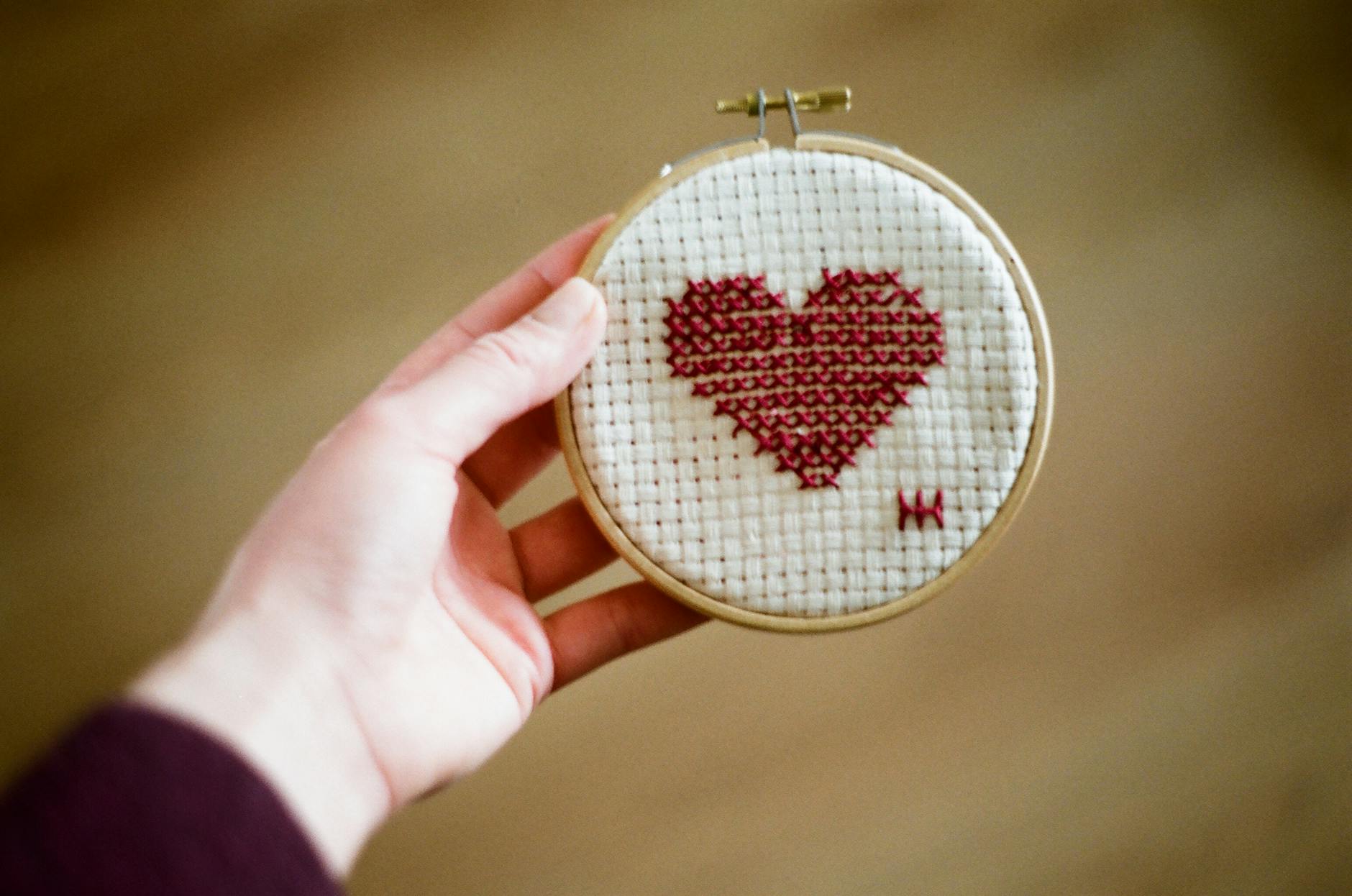No products in the cart.
Embroidery Tips & Guides
How to Use Stick and Sew Embroidery Designs
How to Use Stick and Sew Embroidery Designs
Stick and sew embroidery designs offer an innovative method for transferring embroidery patterns directly onto fabric. This technique simplifies the embroidery process by using water-soluble sticker paper to precisely position designs for stitching. Understanding how to use these designs correctly benefits hobbyists, beginners, and small business crafters aiming for professional results with machine embroidery.
- Stick and sew embroidery designs use water-soluble sticker paper to transfer designs onto fabric.
- The method simplifies pattern placement and eliminates the need for tracing or marking fabric.
- This embroidery technique is beginner-friendly and compatible with various machine embroidery formats, including Brother embroidery machines.
- After stitching, the water-soluble paper dissolves with washing, leaving only the embroidered design.
- Practical for a wide range of fabrics and useful for small business owners producing handmade embroidered goods.
Introduction to Stick and Sew Embroidery Designs
Stick and sew embroidery designs cater to embroidery hobbyists, machine embroidery beginners, and small-scale sellers who require precise and efficient design transfers. This method uses digital embroidery files that can be printed onto water-soluble sticker paper, providing an exact template on fabric for stitching. Stick and sew techniques reduce errors caused by freehand tracing and streamline the embroidery workflow, which is especially beneficial when working with intricate designs or multiple copies of the same pattern. By enabling seamless design placement and removal after stitching, this technique facilitates high-quality results on varied fabric types and supports consistent production for embroidery-focused small businesses.
Main Body Content: Using Stick and Sew Embroidery Designs
Definitions and Explanations
Stick and sew embroidery designs refer to embroidery patterns that come with or can be printed onto a water-soluble sticker paper. This paper adheres temporarily to the fabric’s surface, providing a clear and stable guideline for machine embroidery. The user removes the backing of the sticker paper and applies it onto the fabric exactly where the stitching is desired. After completing the stitching, the water-soluble component of the paper is washed away, leaving clean embroidered designs without residual markings.
Water-soluble sticker papers are specially made for embroidery applications. They possess an adhesive compatible with fabric and dissolve easily in water without affecting the thread, design, or fabric texture. The sticker paper acts as a stable base, preventing fabric shifting during stitching and facilitating precise alignment of intricate designs, which is essential for achieving professional embroidery results.
Practical Use Cases in Machine Embroidery
Stick and sew embroidery designs prove valuable in various scenarios. For instance, small business crafters selling embroidered products often need consistent, precise placement across multiple items such as hats, tote bags, or apparel. By using sticker paper with pre-printed designs, they enhance speed and repeatability during production cycles.
Additionally, machine embroidery beginners benefit from the clear visual guide that stick and sew designs provide. Unlike traditional methods that require hand-drawing or tracing patterns, this approach removes guesswork and reduces mistakes, supporting skill-building and confidence.
These designs fit seamlessly into the digital embroidery workflow, being compatible with popular machine embroidery file formats like PES, JEF, DST, HUS, and XXX. Machines such as those from Brother, which are widely used by embroidery hobbyists and small business owners, handle these formats effectively. This compatibility ensures that users can easily access and utilize stick and sew designs from online collections without file conversion concerns.
Benefits for the Target Audience
The primary advantages of using stick and sew embroidery designs include:
- Ease of Use: The application process simplifies design transfer, saving time and reducing the need for manual tracing or marking.
- Precision: The sticker paper offers a firm surface to stabilize the fabric, allowing needle accuracy during stitching, which is critical for detailed designs.
- Versatility: This method supports usage on diverse fabric types, including smooth and textured materials. Additional securing methods like pins can be used for slippery textiles.
- Clean Finish: After embroidery, washing away the sticker paper removes any visible markings, ensuring neat, professional results without fabric damage.
- Beginner-Friendly: Beginners gain confidence as the design is clearly visible and fixed to the fabric, facilitating learning and reducing errors.
- Business Efficiency: Small business owners can improve production speed and consistency by replicating designs precisely across multiple products using the stick and sew technique.
Limitations or Challenges
While stick and sew embroidery designs are highly effective, some challenges exist to consider:
- Fabric Constraints: Very textured or stretchy fabrics may require additional support like pins or temporary basting to prevent shifting despite the sticker’s adhesion.
- Printer Compatibility: If a user prints their own designs on water-soluble sticker paper, availability and compatibility of sticker paper types with home printers can be a limitation.
- Care with Washing: Water-soluble papers must be washed gently to avoid damage to embroidery threads or fabric shrinkage. Proper drying is required to maintain stitch integrity.
- Cost Factor: Specialty sticker papers may add minor costs compared to traditional methods, which could affect budgets for hobbyists or high-volume producers.
Despite these factors, the benefits typically outweigh the challenges, especially when incorporated thoughtfully into the embroidery process.
Summary
Stick and sew embroidery designs simplify the embroidery workflow by using water-soluble sticker paper to accurately transfer stitch patterns onto fabrics. This beginner-friendly method enhances precision, reduces preparation time, and supports consistent results across varied fabric types and projects. Suitable for both hobbyists and small business creators, stick and sew designs integrate well with digital embroidery files compatible with popular machines such as Brother embroidery models. After stitching, the sticker paper washes away cleanly, leaving professional and polished embroidery work.
For those exploring digital embroidery files, collections like the Stitch And Angel Love Embroidery designs offer inspiration and easy application using these methods. Incorporating stick and sew techniques into machine embroidery projects can elevate both skill and output quality for embroidery enthusiasts and crafters alike.

